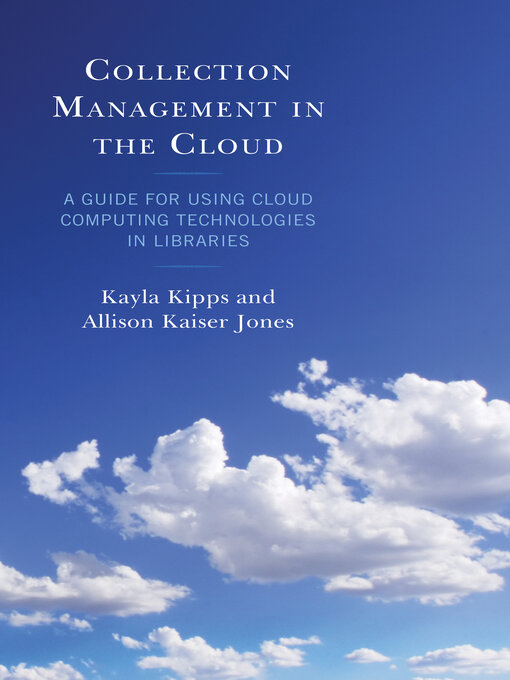As remote work has become routine, cloud-based technology tools have become increasingly necessary to communicate with other library staff and with faculty and staff to continue providing seamless and uninterrupted access to library resources and collections for our campus community.
Cloud-based technology tools such as Google Forms and Google Sheets are used to gather faculty requests for collection development, tools such as Tableau are used to illustrate material budget balances, and platforms such as Trello have been adopted to track subscription renewal cycles and manage other projects.
This guide discusses the benefits of using these powerful cloud-based and little to no additional cost technology tools through the lens of a particular area in librarianship such as documentation, data and project management, communication, data storage, and data visualization. While the real-world examples provided throughout focus on technical services staff operations, specifically acquisitions and electronic collection management, each tool's features and use cases are transferable among all areas of librarianship.
This guide provides insights into how collaborative, dynamic, and accessible these cloud-based solutions are for a technologically shifting workplace as well as considers the challenges to adopting cloud-based solutions such as administrative buy-in, aversion to change, and steeper learning curves as well.
Readers will gain practical experiential examples that have been instrumental in creating efficiencies in collection management workflows for technical services staff. The use cases illustrated exemplify enhancements that librarians can incorporate into their own collection management practices to further engage with their colleagues, their patrons, and their larger communities more effectively and efficiently.


